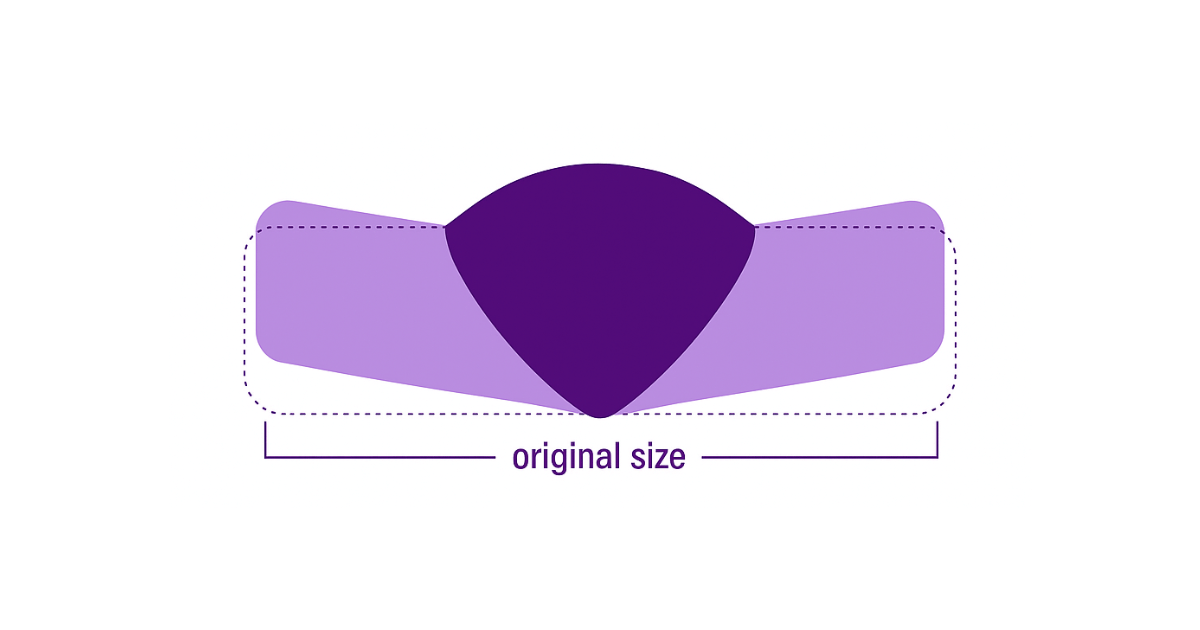Fabricators are finding it increasingly difficult to find qualified labor to operate their automated welding processes. As with many manufacturing jobs, unless employers go overseas, there’s a lack of skilled workers to fill the demand for operators.
This shortage persisted even during the high unemployment of the “Great Recession.” As manufacturers have continually taken criticism for moving jobs to other countries, the reality has been that it’s often a challenge to find people at home with the necessary capabilities and willingness to work in skilled manufacturing occupations.
The cause for the shortage is easy to understand: As Baby Boomers are retiring, young people are choosing not to enter manufacturing professions at all. In a February 2012 article in The Washington Post, reporter Peter Whoriskey succinctly summed up the root of the problem: “Many of the younger workers who might have taken [Baby Boomers’] place have avoided the manufacturing sector because of the volatility and stigma of factory work, as well as perceptions that U.S. manufacturing is a ‘dying industry.’”
 Even when compared to other manufacturing jobs, working in an automated welding operation can seem particularly unappealing. This perception is driven by awareness about the obvious health and safety risks—not to mention discomfort—of directly monitoring the automated welding process. It’s hot, noisy, dangerous work—all done while wearing bulky protective clothing and a cumbersome weld helmet.
Even when compared to other manufacturing jobs, working in an automated welding operation can seem particularly unappealing. This perception is driven by awareness about the obvious health and safety risks—not to mention discomfort—of directly monitoring the automated welding process. It’s hot, noisy, dangerous work—all done while wearing bulky protective clothing and a cumbersome weld helmet.
Fortunately for fabricators, working conditions for operators can now be improved—without any negative impact on the bottom line. On the contrary, new automated welding technology that improves the work environment can also significantly boost productivity and lower costs.
A leading example is the use of Weld Cameras with High Dynamic Range imaging technology to allow operators to remotely monitor the welding process, without having to be exposed to hazardous fumes or working environments. Such a camera overcomes the challenges of imaging the extreme brightness contrasts that occur during the welding process.
While Weld Cameras provide greater visibility into the weld process than possible with other types of monitoring, resulting in substantial efficiency and quality-control benefits, another significant benefit is that by using Weld Cameras, welding jobs can become a much more appealing prospect for new recruits to the field.
Better Working Conditions
With a Weld Camera, operators no longer need to be exposed directly to the short-term safety risks and long-term health hazards that are present when monitoring automated weld processes directly. Instead, they can work in a relatively safe, clean, comfortable, noise-free environment—remote from the welding process. When faced with a choice between working for a fabricator with cameras to remotely monitor welding systems and one that has none, the vast majority of operators will understandably opt for the company that is equipped with cameras.
Greater Employee Development
You will find a few veteran operators who actually don’t want to learn the skills necessary to monitor welds using Weld Cameras. But for most operators concerned about their career development—or for those considering being trained as an operator—the opportunity to learn how to use the latest automated welding technology is essential for personal growth. They will recognize the opportunity for a financially secure career working with advanced technology.
This is an important perceived contrast to a career working in a welding environment where there is limited use of advanced technology. Such an environment, for the most part, justifies the stigma of manufacturing jobs as arduous, undesirable work with little chance to learn skills that result in increased earning power.
Conclusion
As Weld Cameras with High Dynamic Range, such as the Xiris XVC-O, become pervasive in automated welding processes, the appeal of becoming an automated welding operator will likely also increase, and the industry could see new members of the workforce choose a career in welding. In the meantime, the ability to attract and retain the best operators currently available will be one of the many benefits that early adopters of Weld Camera technology will enjoy.
Photo courtesy of NAVFAC, Creative Commons.
We've modernized ourselves to TWEET too! Have you?
Follow us for live trade show updates, sources and info!
@XirisAutomation







